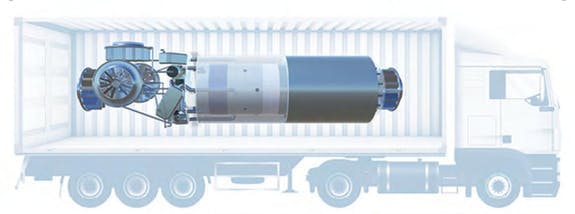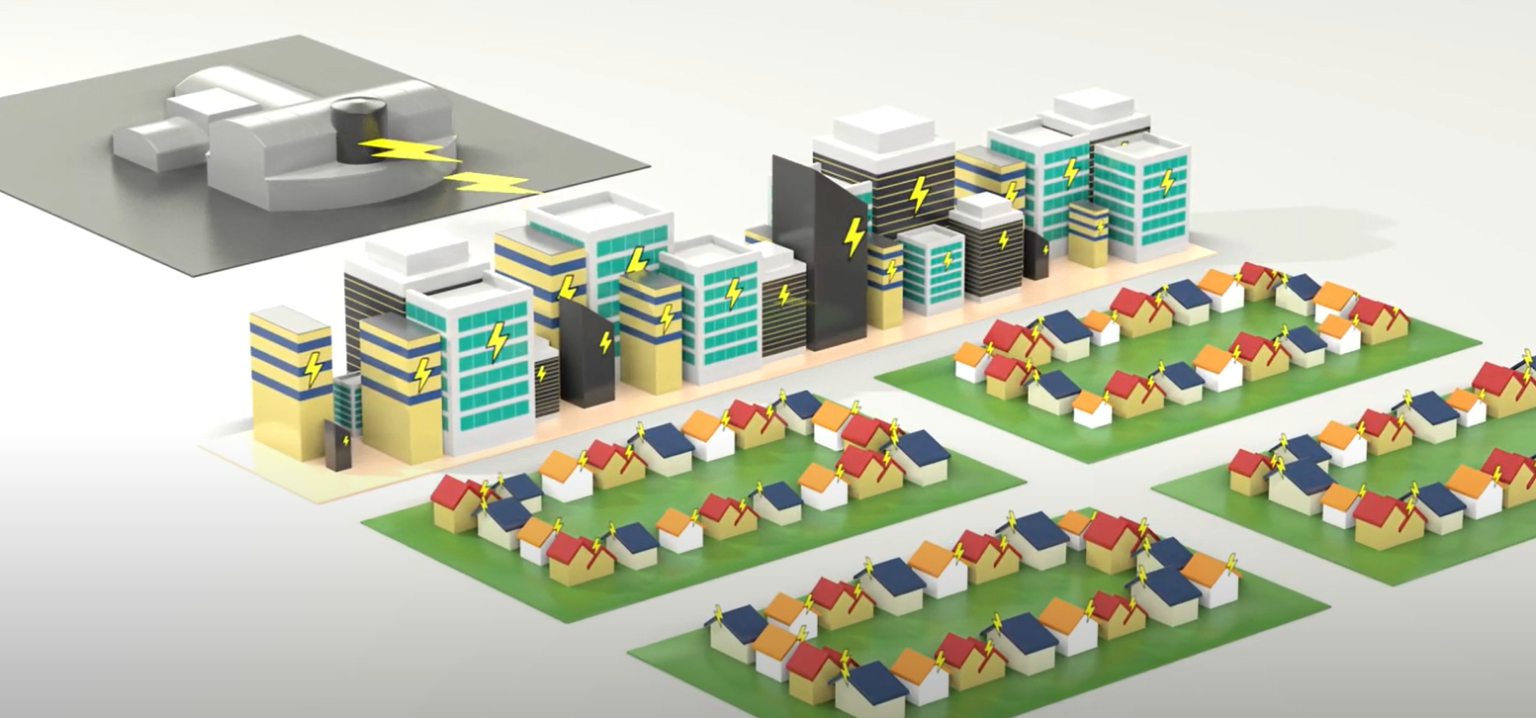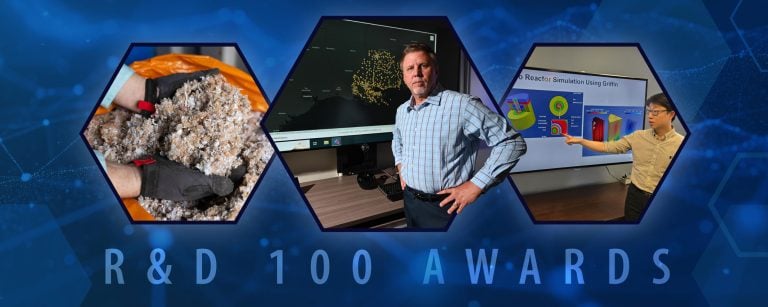The U.S. territory of Puerto Rico is home to 3.2 million American citizens, with all the energy needs of a modern economy. Most of the territory’s power, however, is generated by facilities dating from the 1960s, which is nearly 30 years older on average than mainland U.S. power plants. Given the age of its energy infrastructure, and with nearly all of Puerto Rico’s electricity generation coming from imported fossil fuels, it faces unique challenges when it comes to maintaining a functional grid in the event of an emergency. Further complicating the issue is the expected need to retire nearly three-quarters of its power generation fleet in the next decade.
The challenges of maintaining Puerto Rico’s electrical system were underscored in 2017 when Hurricane Maria struck, knocking out power to the entire island. The lack of electricity and other services was a factor in more than 3,000 deaths following the storm, and it was months before the majority of residents had power again. Three years later, Puerto Rico is still in the process of recovering from the devastation of Hurricane Maria, and the territory faces the challenge of building a more resilient electrical grid that can operate cost-effectively.
Energy Independence and Microreactors
The Puerto Rico Electric Power Authority has begun addressing the challenge of energy independence with an Integrated Resources Plan that calls for a steady increase of renewables as well as natural gas. Yet the baseload, or minimum amount of electricity needed, is high enough that it is difficult to meet relying primarily on variable sources such as wind and solar power. To meet the demand without the need for more fossil fuels, one promising candidate is the use of microreactors.

Microreactors differ from traditional nuclear reactors in several important ways. They are smaller and simpler to deploy, and they can be easily transported to remote locations in the event of a disaster or to support more permanent microgrids. For example, remote Alaskan communities have been proposed as potential use cases for microreactors. Their inherent safety and ease of operation have drawn increasing interest from government and private companies.
“To match potential customers to microreactors, consideration should be given to the local types of energy demands, market conditions including energy price premiums, access to energy, resilience of industry to meet international standards, as well as to vulnerabilities from climate change and energy supply disruptions,” said David Shropshire of INL’s Emerging Energy Market Analysis (EMA) Initiative a collaboration between Idaho National Laboratory, the Massachusetts Institute of Technology, University of Michigan, University of Alaska and University of Wyoming. “These evaluations require careful consideration of the technical, political and social dynamics behind energy market transitions from fossil based-energy systems to cleaner and resilient energy alternatives such as nuclear energy.”
The Nuclear Alternative Project
One group dedicated to solving Puerto Rico’s energy dilemma is the Nuclear Alternative Project (NAP). NAP is a non-profit organization created in 2015 by a group of engineers from Puerto Rico working in the nuclear industry. The goal of the organization is to explore the potential for meeting the island’s power needs through the use of microreactors in conjunction with renewable energy sources.
NAP began to investigate Puerto Rico’s energy market and recently released a feasibility study outlining its findings. The Preliminary Feasibility Study for Small Modular Reactors and Microreactors for Puerto Rico details the challenges of the existing Puerto Rican electric grid, including the age of its power plants and the frequency of power outages. It discusses how advanced nuclear technology in the form of small modular reactors and microreactors could help provide reliable power. Key findings of the report, which was supported by the U.S. Department of Energy (DOE) Microreactor Program, include a discussion of how microreactors can make Puerto Rico more energy independent, improve resiliency and reduce costs for consumers as nuclear power and renewables are utilized together.
“This is a critical time for Puerto Rico, and we have an opportunity to create a future that includes reliable power to meet everyday needs and resiliency in the case of disaster,” said Eddie M. Guerra, co-Founder of NAP. “We’re grateful for the support from the Department of Energy Office of Nuclear Energy in funding this study. It represents a great deal of collaborative efforts from many individuals, and we look forward to future work with national laboratories.”
INL and Microreactors
INL is currently working to bring the next generation of nuclear technology to life by partnering with universities, private companies and other institutions. Together these partnerships are facilitating the design, development and demonstration of advanced nuclear technologies. Researchers at INL are also developing and testing the fuels that will power these reactors. One such project is the production of high-assay low enriched uranium (HALEU) to be used by Oklo for the demonstration of its Aurora microreactor concept. In addition, INL is working with the Utah Municipal Power Systems (UAMPS) on its Carbon Free Power Project, which calls for the construction of a small modular reactor on the Idaho Site using technology from NuScale Power. And INL anticipates being involved in further reactor demonstrations, in coordination with the National Reactor Innovation Center.
“Microreactors are one of the most important developments happening in the energy industry right now,” said Jess Gehin, national technical director of DOE’s Office of Nuclear Energy microreactor program and chief scientist in the Nuclear Science and Technology directorate at INL. “As the nation’s leading center for nuclear energy research and development, INL’s unique research facilities and engineering capabilities make it the ideal partner for advanced research to develop and support demonstrations of the nation’s future nuclear energy systems.”
With forward-thinking organizations like NAP and the technical resources available through national laboratories like INL, the challenge of bringing resilient, carbon-free electricity to remote places may soon be a thing of the past.
The full report from NAP is available here. For more information on INL’s microreactor work, click here.





